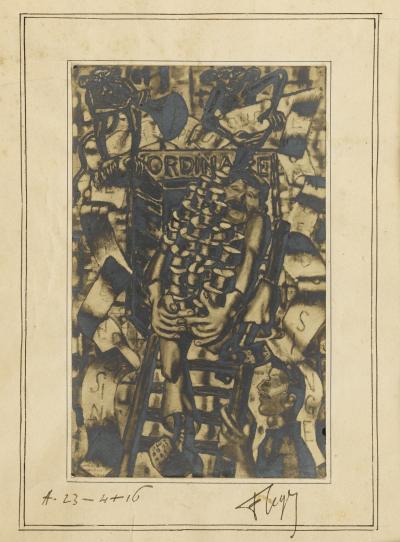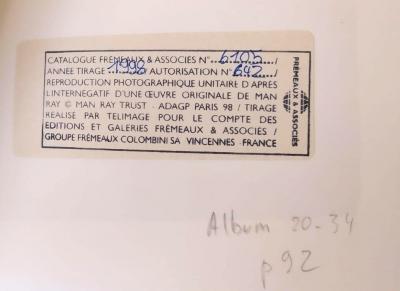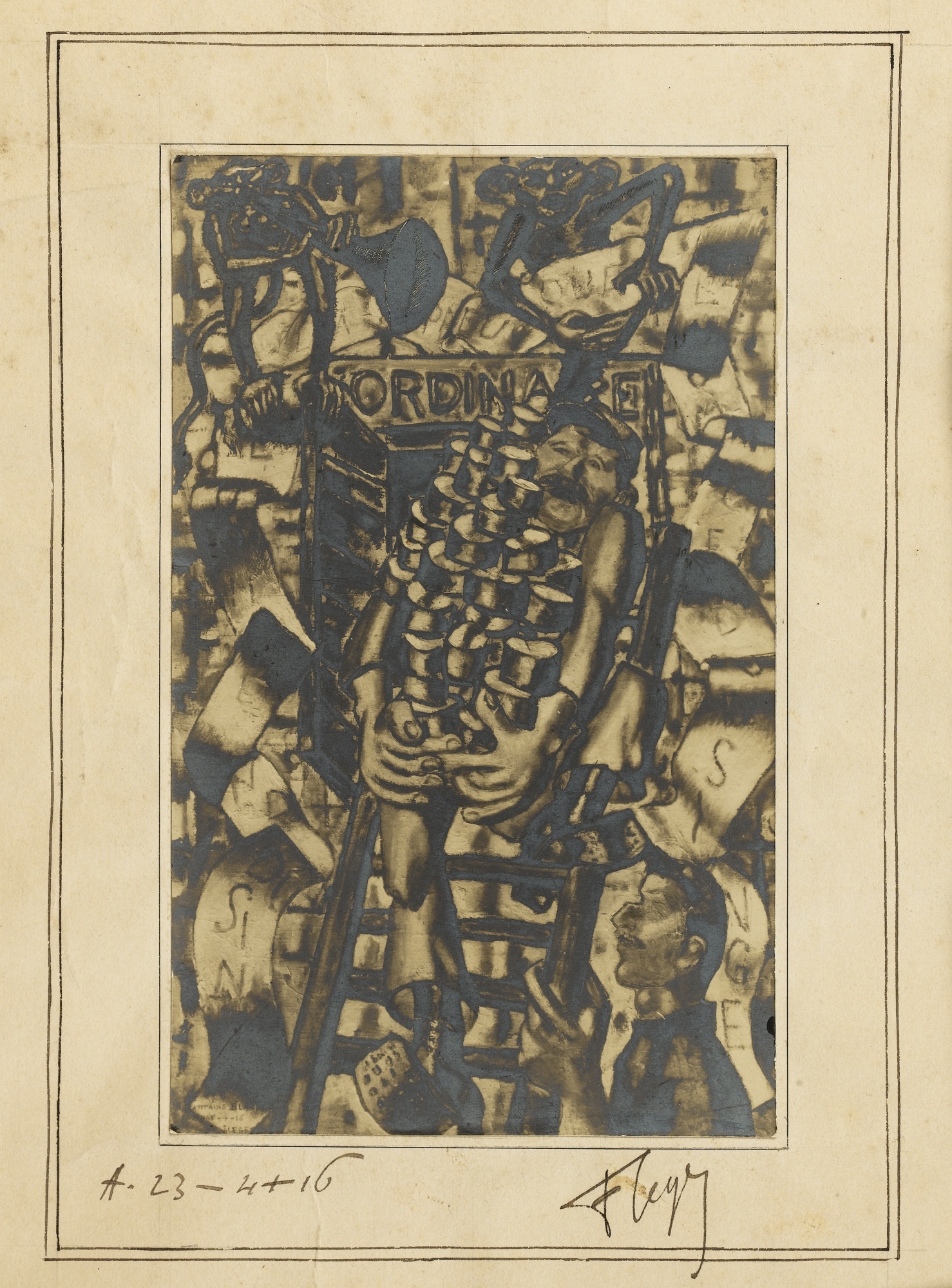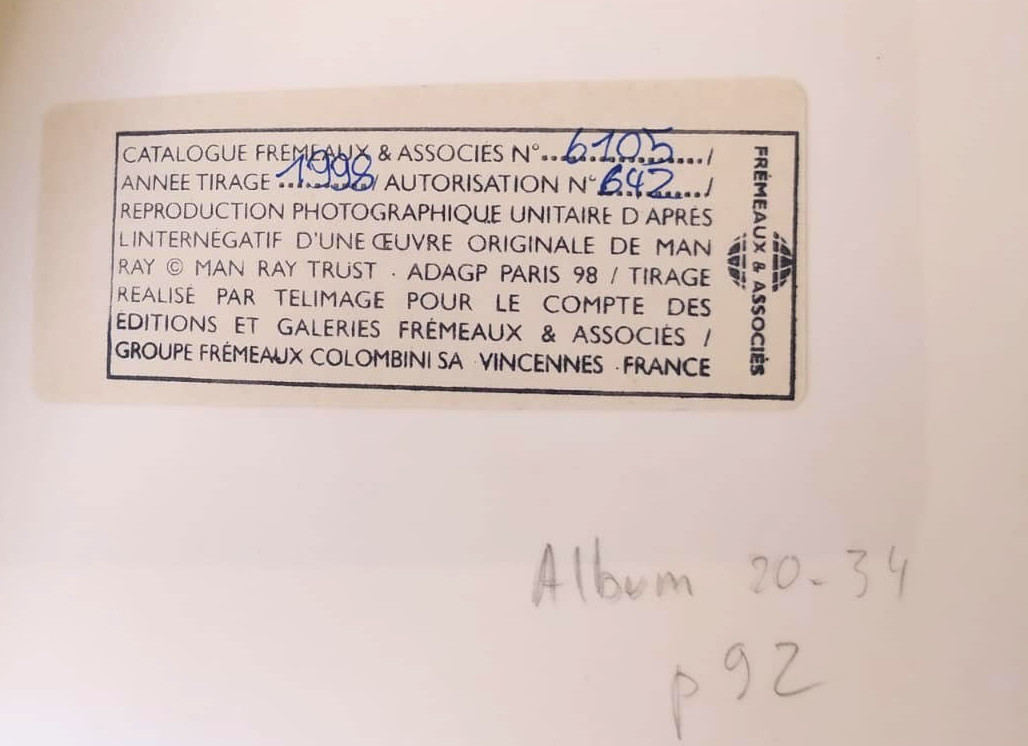-
-
- Alexander Calder(22)
- André Derain(86)
- Andy Warhol(20)
- Antoni Tapiès(23)
- Arman(28)
- Aurélie Nemours(1)
- Bengt Lindström(23)
- Bernard Buffet(197)
- César(9)
- Charles Eames(1)
- Charlotte Perriand(17)
- Claude Weisbuch(38)
- Corneille van Beverloo(13)
- Eduardo Chillida(12)
- François Morellet(1)
- Georges Braque(85)
- Gustav Klimt(18)
- Hans Bellmer(18)
- Hans Hartung lithograph(23)
- Henri Matisse(174)
- Hervé Télémaque(5)
- Jacques Villeglé(8)
- Jean Cocteau(208)
- Jean Hélion(10)
- Jean Miotte(10)
- Jean Picart Le Doux(6)
- Joan Miro(122)
- Karel Appel(1)
- Keith Haring(19)
- Ladislas Kijno(2)
- Léonard Tsugouharu Foujita(45)
- Leonor Fini(104)
- Louis Toffoli(15)
- Marc Chagall(373)
- Marie Laurencin(41)
- Maurice de Vlaminck(82)
- Maurice Utrillo(18)
- Max Ernst(41)
- Mimmo Rotella(4)
- Niki de Saint Phalle(4)
- Pablo Picasso(411)
- Peter Klasen(9)
- Philippe Pasqua(1)
- Pierre Alechinsky(35)
- Pierre Soulages lithographs(37)
- Pierre Tal-Coat(5)
- Pierre-Yves Trémois(35)
- Raoul Dufy(43)
- Robert Combas(7)
- Salvador Dali(416)
- Théo Tobiasse(5)
- Tony Soulié(14)
- Valério Adami(35)
- Victor Vasarely(2)
- Yves Brayer(42)
- Zao Wou-Ki(14)
Top artists -
-
-
-
- Alexander Calder(22)
- André Derain(86)
- Andy Warhol(20)
- Antoni Tapiès(23)
- Arman(28)
- Aurélie Nemours(1)
- Bengt Lindström(23)
- Bernard Buffet(197)
- César(9)
- Charles Eames(1)
- Charlotte Perriand(17)
- Claude Weisbuch(38)
- Corneille van Beverloo(13)
- Eduardo Chillida(12)
- François Morellet(1)
- Georges Braque(85)
- Gustav Klimt(18)
- Hans Bellmer(18)
- Hans Hartung lithograph(23)
- Henri Matisse(174)
- Hervé Télémaque(5)
- Jacques Villeglé(8)
- Jean Cocteau(208)
- Jean Hélion(10)
- Jean Miotte(10)
- Jean Picart Le Doux(6)
- Joan Miro(122)
- Karel Appel(1)
- Keith Haring(19)
- Ladislas Kijno(2)
- Léonard Tsugouharu Foujita(45)
- Leonor Fini(104)
- Louis Toffoli(15)
- Marc Chagall(373)
- Marie Laurencin(41)
- Maurice de Vlaminck(82)
- Maurice Utrillo(18)
- Max Ernst(41)
- Mimmo Rotella(4)
- Niki de Saint Phalle(4)
- Pablo Picasso(411)
- Peter Klasen(9)
- Philippe Pasqua(1)
- Pierre Alechinsky(35)
- Pierre Soulages lithographs(37)
- Pierre Tal-Coat(5)
- Pierre-Yves Trémois(35)
- Raoul Dufy(43)
- Robert Combas(7)
- Salvador Dali(416)
- Théo Tobiasse(5)
- Tony Soulié(14)
- Valério Adami(35)
- Victor Vasarely(2)
- Yves Brayer(42)
- Zao Wou-Ki(14)
Top artists -
-
Fernand LEGER - La preuve que l’homme descend du singe, 1916 - China ink and scraped photograph
La preuve que l'homme descend du singe.
Original photograph. A[RGONNE], 23 AVRIL 1916.
Original silver print (158 x 97 mm) on cardboard (318 x 250 mm)
Signed and dated "F Léger A. 23-4+16".
Some folds, silver mirrors
In the Normandy front in Argonne, Leger created 6 works, 4 of which were made with materials he found around him (such as wood trunks and planks). A humorous point of view of a soldier's life on the war front, "La preuve que l'homme descend du singe" is one two famous works that Leger realised in 1915. He offered this one to his friend, Captain Blanc. To keep a record of these two works, Leger made many reproductions in 1916: other than this photograph from April, we know of a black drawing that copied this work (Sotheby's, Paris, December 16th 2008, item n°122).
With a metallic tip, Leger scraped some elements of the black and withe photograph (for example the trumpet in the top left corner), to give the work some 3-dimension.
References : G. Bauquier, Fernand Léger, Catalogue raisonné of the painted work, 1903-1919, n° 99, p. 183 (for the painting).
Dimensions :
- Height : 31.8 cm
- Width : 25 cm
 Fernand Léger :
(1881-1955) is a french painter, and also a creator of tapestries and stained-glass windows cartons, decorator, ceramist, sculptor, draughtsman, and illustrator. He was one of the firsts to exhibit publicly cubist-orientated works, even if his style was sometimes qualified "tubist".
Starting 1903, Léger is already sharing a studio with the painter André Mare. After failing at the Beaux-Arts, he trained in several academies. The famous Daniel-Henry Kahnweiler became his art dealer.
In 1907 he was struck by the Cézanne retropspective, which strongly orientated his painting. The same year, he discovered Picasso's and Braque's cubism. Starting 1908 he was working along with Modigliaeni, Laurens, and Alexander Archipenko, and became friends with Blaise Cendrars, Max Jacob and Guillaume Apollinaire, and echoed with the painter Robert Delaunay.
In 1909 he painted "La Couseuse", which opened his cubist period. With "Nu dans la forêt" (1909-1910), Léger proposed a personal cubism. In certain respects, this work is an anticiption of the italian futurism. If he is sharing the cubist attention to create a non figurative realism, he distinguishes himself from the Montmartrois by imposing visual cubism, and not an intellectual one.
In 1924, with the help of Dudley Murphy, he shot the film "Ballet mécanique". The same year, he got closer to the purists and took part in the revue "L'esprit Nouveau".
According to Vauxcelles, he practiced« tubism ». The interest he has in the dynamism « reflection of the modern world », drove him to keep away from intimistic and traditional themes depicted by Braque or Picasso, so as to paint contemporary subjects.
Fernand Léger joined the communist party in 1945, and remained a member until the end of his life.
In Biot (Alpes-Maritimes), the Musée national Fernand Léger, built by his wife, Nadia Léger, and Georges Bauquier, is dedicated to him, and showw the biggest collection of his works.
Fernand Léger :
(1881-1955) is a french painter, and also a creator of tapestries and stained-glass windows cartons, decorator, ceramist, sculptor, draughtsman, and illustrator. He was one of the firsts to exhibit publicly cubist-orientated works, even if his style was sometimes qualified "tubist".
Starting 1903, Léger is already sharing a studio with the painter André Mare. After failing at the Beaux-Arts, he trained in several academies. The famous Daniel-Henry Kahnweiler became his art dealer.
In 1907 he was struck by the Cézanne retropspective, which strongly orientated his painting. The same year, he discovered Picasso's and Braque's cubism. Starting 1908 he was working along with Modigliaeni, Laurens, and Alexander Archipenko, and became friends with Blaise Cendrars, Max Jacob and Guillaume Apollinaire, and echoed with the painter Robert Delaunay.
In 1909 he painted "La Couseuse", which opened his cubist period. With "Nu dans la forêt" (1909-1910), Léger proposed a personal cubism. In certain respects, this work is an anticiption of the italian futurism. If he is sharing the cubist attention to create a non figurative realism, he distinguishes himself from the Montmartrois by imposing visual cubism, and not an intellectual one.
In 1924, with the help of Dudley Murphy, he shot the film "Ballet mécanique". The same year, he got closer to the purists and took part in the revue "L'esprit Nouveau".
According to Vauxcelles, he practiced« tubism ». The interest he has in the dynamism « reflection of the modern world », drove him to keep away from intimistic and traditional themes depicted by Braque or Picasso, so as to paint contemporary subjects.
Fernand Léger joined the communist party in 1945, and remained a member until the end of his life.
In Biot (Alpes-Maritimes), the Musée national Fernand Léger, built by his wife, Nadia Léger, and Georges Bauquier, is dedicated to him, and showw the biggest collection of his works.
This item is not available. Please click on « View the catalog » to see similar items available.





